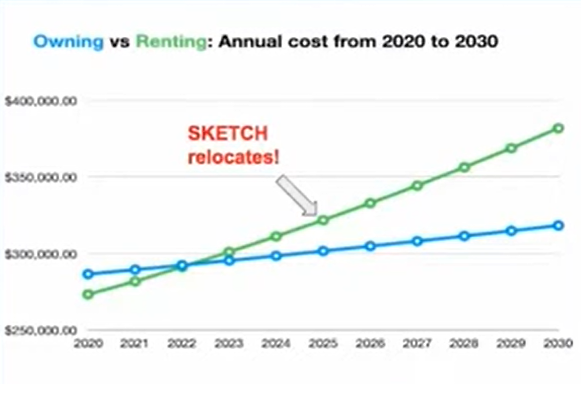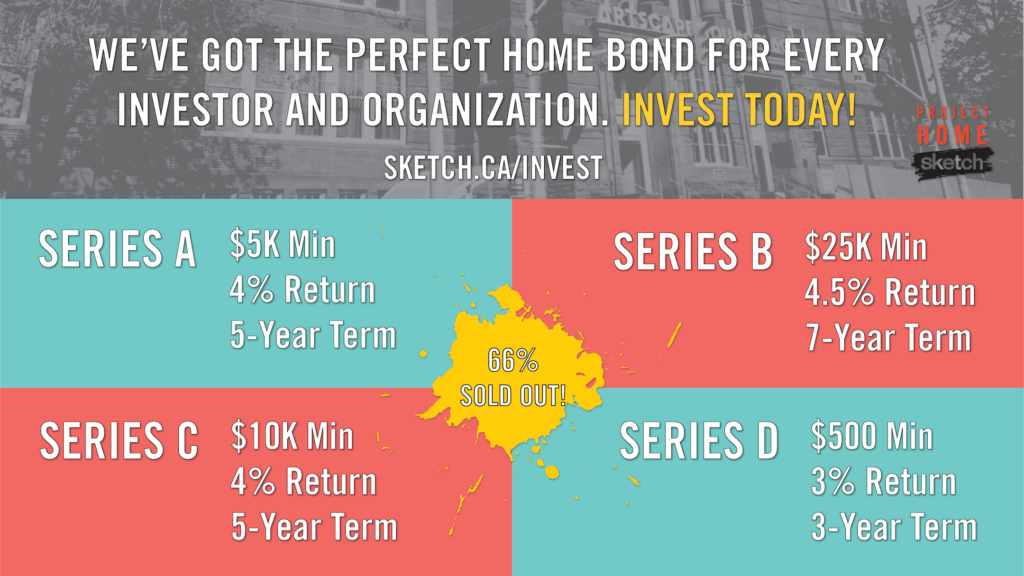
Community bonds are a social finance tool that allow non-profits, charities and co-operatives to raise investment from their community of supporters. Like a regular bond, they are an interest bearing loan that is repaid at maturity. Similarly, they have a fixed term and a set interest rate.
The key difference is that they produce both a financial and social return for investors.
Community bonds are most often used to raise capital financing for the purchase or renovation of a fixed asset, such as real estate or major equipment. At Tapestry, we’ve worked on community bond raises for everything from solar energy projects, to co-working spaces, to schools, and we are learning about new and exciting projects every week.
As community bonds become more commonplace, their demand has increased significantly. In 2020, Tapestry supported issuers in raising $18.3 million in investment.
One of the questions which we are frequently asked is, “Can community bonds be held in tax-advantaged accounts?”
To answer that question, we spoke to Erica Glueck, our Senior Manager of Investments at Tapestry.
What are tax-advantaged accounts?
Tax Free Savings Accounts (TFSAs) and Registered Retirement Savings Plans (RRSPs) are two types of tax-advantaged accounts that were created by the Canadian Government as a means to support Canadians in saving for their retirement.
“You can think of TFSAs and RRSPs as a basket”, says Erica. “You can pick what to put in that basket from an array of financial products – guaranteed investment certificates (GICs), cash, stocks and bonds.”
So if bonds are allowed in tax-advantages accounts, are community bonds as well?

Erica Glueck, Senior Manager of Investments at Tapestry Community Capital
“The short answer is, ‘it depends’”, says Erica. “The organization that is issuing the bonds will have to meet certain conditions in order to make this a possibility for their investors.”
First, the organization must be raising bonds that are secured against a traditional mortgage loan or a capital asset. “So if the organization is purchasing a building, or renovating a building they already own, this is a first great step,” she explains.
The second step is finding willing financial institutions to be custodians for these bonds in a registered plan.
Community bonds are what we call exempt market securities – or in plain English – they cannot be bought and sold on the public market.
The exemptions that allow for non-profits, charities and co-ops to raise investment in this way also make clear that they cannot have ‘dealers’ who are being paid to sell bonds on behalf of the issuing organization.
“This can sometimes be a challenge,” says Erica, “because there is no incentive for a brokerage or financial institution to support investors in getting their bonds held in a tax-advantaged account.”
But fear not, there are several great financial institutions who are already custodians for community bonds. Questrade, Caldwell Securities and Concentra are a few that we are aware of.
In order to get these financial institutions on board, the issuing organization will need an Opinion Letter from a tax lawyer or an accountant.
Erica explains, “The Canada Revenue Agency (CRA) decides what can be deemed a qualified investment for these accounts. Bond debt that is secured against a mortgaged property is one way they can meet the necessary criteria. The safest way though, is to have a chartered accountant or lawyer interpret the Income Tax Act as it pertains to your project and investment opportunity.”
It’s important to know that ultimately the decision is at the discretion of financial institutions, and that this is something that Tapestry and the Issuer can’t control.
What are the benefits of having community bonds eligible for tax-advantaged accounts?
Lots of Canadians max out their contributions to their RRSPs and TFSA’s not only to save for retirement, but to reduce the taxes that they need to pay on those funds. This means that a lot of wealth within Canada is in these accounts.
An individual might not have a lot of cash available, but may have a significant amount saved in one of these accounts.
 “Because there are restrictions on withdrawals from these types of accounts,” says Erica, “most of the money remains locked in place there – making it difficult, for say Bob Smith, to withdraw $2,000 to invest in a community bond.”
“Because there are restrictions on withdrawals from these types of accounts,” says Erica, “most of the money remains locked in place there – making it difficult, for say Bob Smith, to withdraw $2,000 to invest in a community bond.”
“If Bob can suddenly hold that bond in his TFSA or RRSP,” she explains, “there is no need to withdraw that capital.” Enabling community bonds to be held in these accounts unlocks more potential investment.
“It’s a good way to leverage someone’s savings plan, rather than making them go through the extra effort of drumming up additional savings to invest in an organization they believe in.”
How important is it that community bonds are TFSA and RRSP eligible?
“It’s definitely worthwhile to explore,” says Erica, “but I don’t think it’s a make-or-break situation if the Issuer’s bonds are not a qualified investment.”
Of Tapestry’s clients, only around 10 percent of investments are held in these accounts. “Especially if clients have a lower minimum entry point – say $500 or $1,000 – the need for this vehicle is definitely less.”
“Community bonds are great because they can be priced to be so widely accessible, democratizing the impact investment arena,” she says emphatically.
“We are seeing a growing number of younger investors with community bonds, and many investors are at a point in their lives where they aren’t taking advantage of these tax-advantaged accounts yet, but are in a financial situation where they can invest $1,000 in an organization they believe in.”
What types of organizations should consider making their bonds RRSP and TFSA eligible?
“We always recommend to clients that they consider this option if they feel their community would have significant funds saved in tax-advantaged accounts”, says Erica. “The best way to assess this is through simply speaking to your potential investors before you launch your bond campaign.”
- Argonaut Rowing Club (ARC) Investor Consultation.
- ARC raised $1.2 million in community bonds.
“It can be a bit of a process to establish, but if investors are really keen on having this option, it can pay off in the long run,” Erica advises.
It is important to note that there are some additional costs with going this route, so issuers should be prepared for this. For example, it’s necessary to obtain a new opinion letter for every year that the bond is held.
Any last thoughts on the subject?
“I’d just say that financial markets need to start paying attention to these investors.”
“More and more, we are seeing that people are not just interested in making a financial return, but want to know that their money is doing something good. Just because financial institutions aren’t as familiar with these investment products, it doesn’t mean they are necessarily bad or risky investments to be making.”
“The more people want to buy and hold these investments in registered accounts, the more the industry will need to pay attention to investor needs and streamline the process to make it possible.”
- ZooShare Community Bond Investors celebrate milestone of $1 million in investment.








Recent Comments